The City as a Museum, DelhiAnkan Kazi October 01, 2025 DAG’s annual arts festival, The City as a Museum, travelled for the first time to Delhi last month. Comprising a full calendar of events across the city, the festival was anchored by an exhibition curated by Swapna Liddle, titled Sair-e-Dilli, that opened at Bikaner House. The festival sought to reimagine Delhi’s layered histories by staging art, heritage walks, performances, and scholarly dialogues across diverse city sites, reframing urban experience beyond gallery confines to a living, participatory museum. |
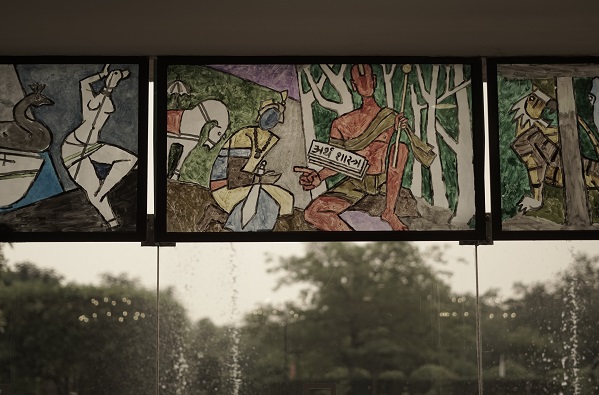
|
The festival revived and expanded a model previously developed in Kolkata and Mumbai, mapping Delhi’s plural histories through multiple locations, including Qudsia Bagh, Daryaganj’s Sunday book market, Mandi House, the Rashtrapati Bhavan, Garhi Studios, a visit to a private collector’s house and the ITC Maurya Hotel, which features a host of iconic works by India’s leading modernists, including Krishen Khanna, M. F. Husain, Satish Gujral and Meera Mukherjee; eventually leading back to DAG’s galleries at Janpath. |
|
|
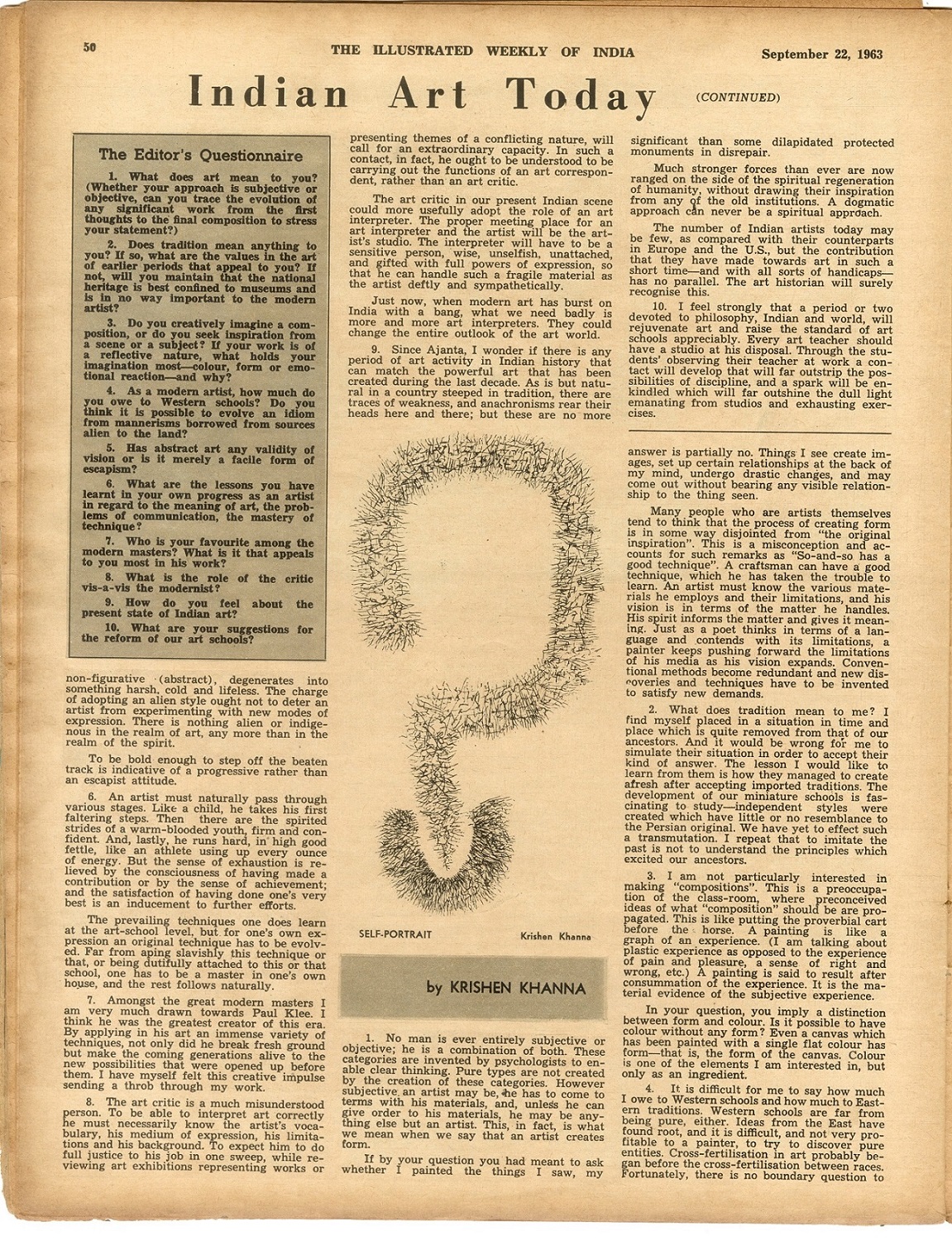
This polyphonic curatorial approach was designed to immerse visitors into Delhi’s diverse cultural maps, hoping to derive a process for underlining both the city’s imperial grandeur and vernacular pulse, while foregrounding its role in shaping Indian modernism and activist countercultures. The intent was overtly reflective, emphasising the city’s palimpsestic identity; placing ruins beside reinvention, archival fixity beside urban flux and state narratives in conversation with public discourse—thus critiquing the very metaphor of a museum as stasis in a city perpetually transforming. |
|
|
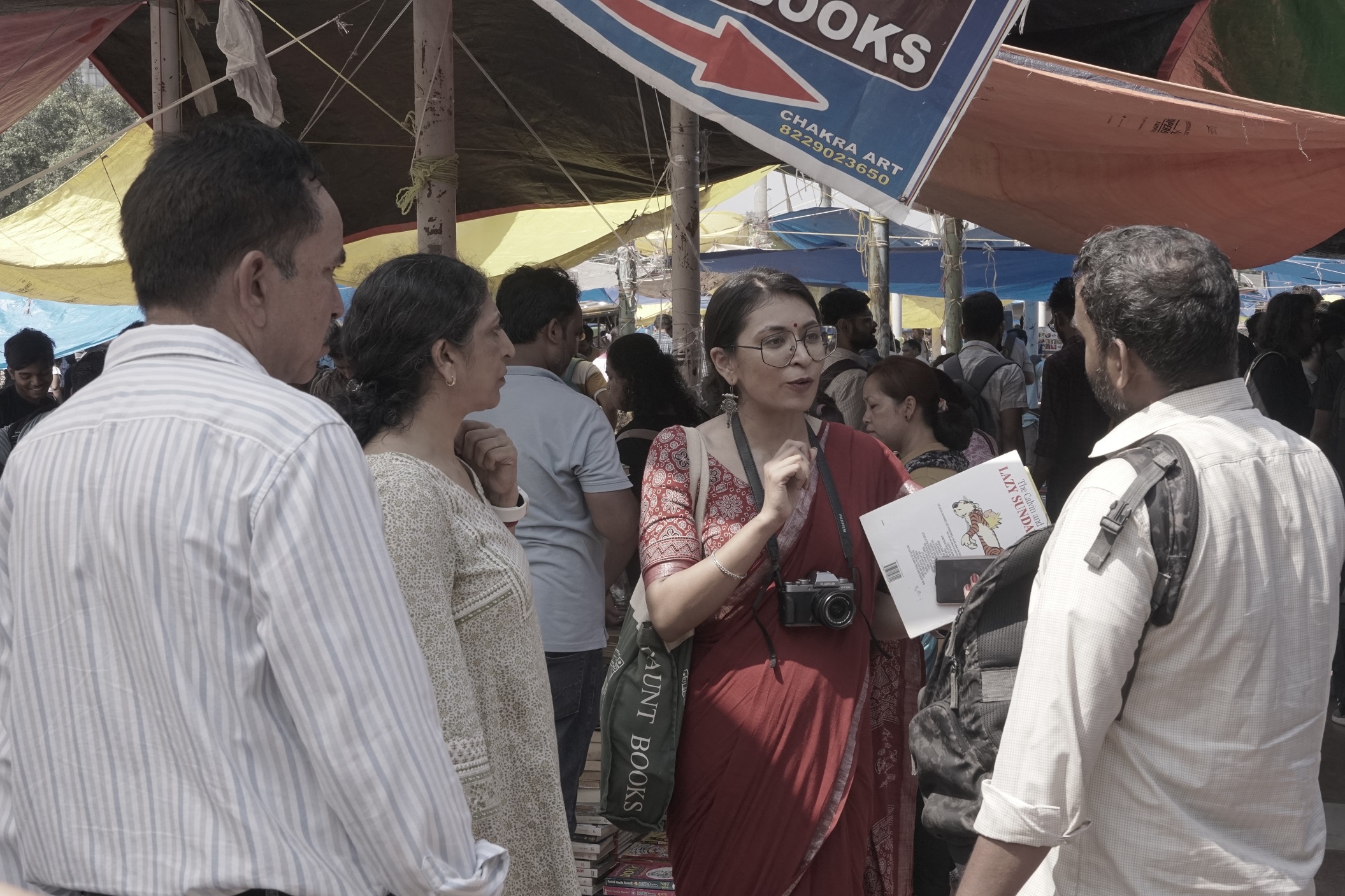
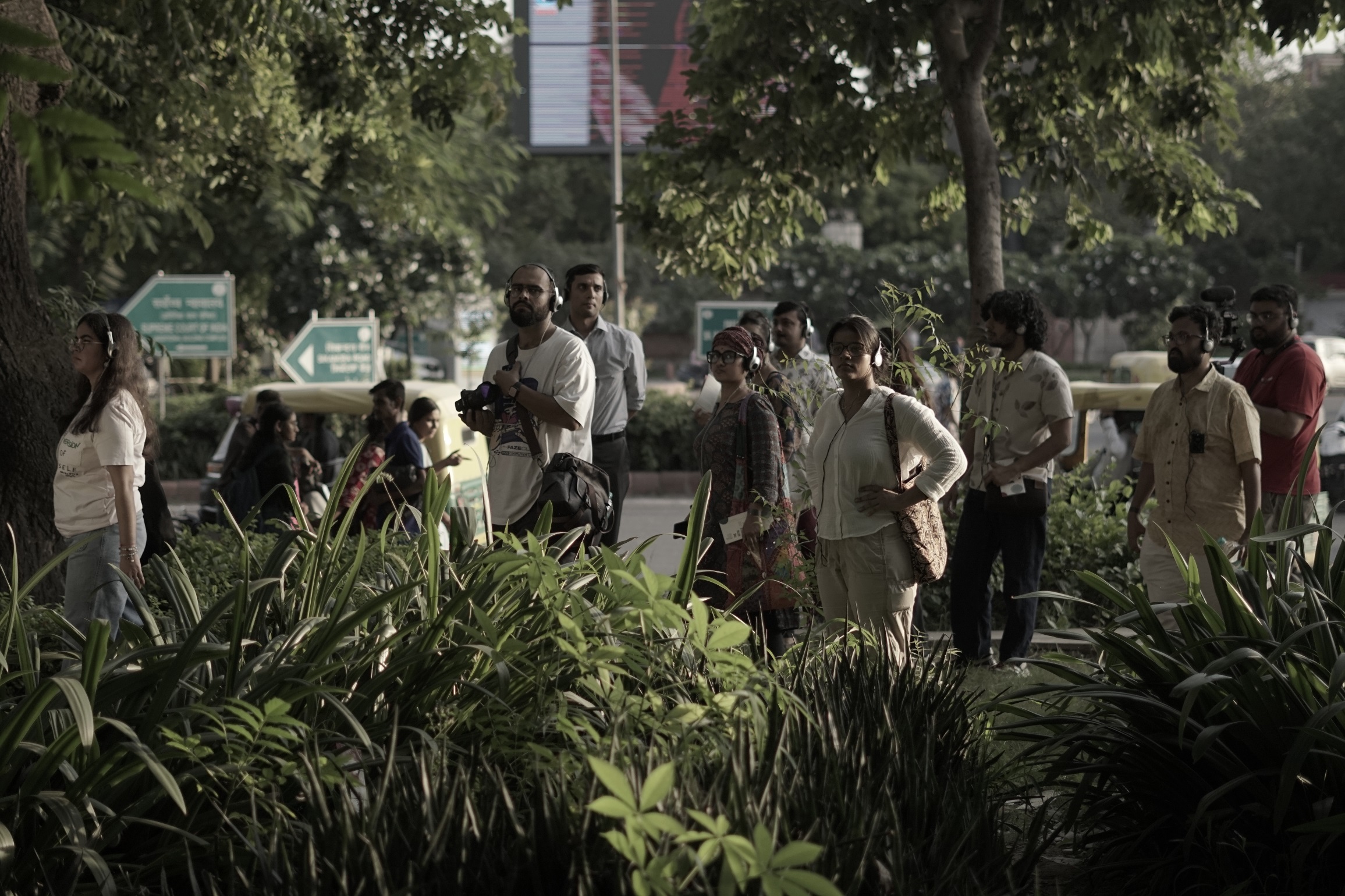
The mix of format, including walks, performances, archival displays, audio walks and panels, helped different kinds of audiences engage. One might be drawn to a historical walk through the book market; another to a performance or a discussion of countercultural institutions at Mandi House. This plurality allowed both specialists and lay public to find their entry points. The festival made conscious choices to recuperate less visible histories—such as the role of state institutions; the afterlives of colonial exhibitions; the work of artists colonies; archival material from publications like The Illustrated Weekly of India, which became a major platform for carrying modern art and criticism in its pages. In the centenary year of Krishen Khanna, Tyeb Mehta and Satish Gujral, the festival did not merely celebrate them but located them in relation to often ignored contemporaries and contexts, and highlighted some of the more unusual aspects of their work in relation to the city of Delhi. |
|
|
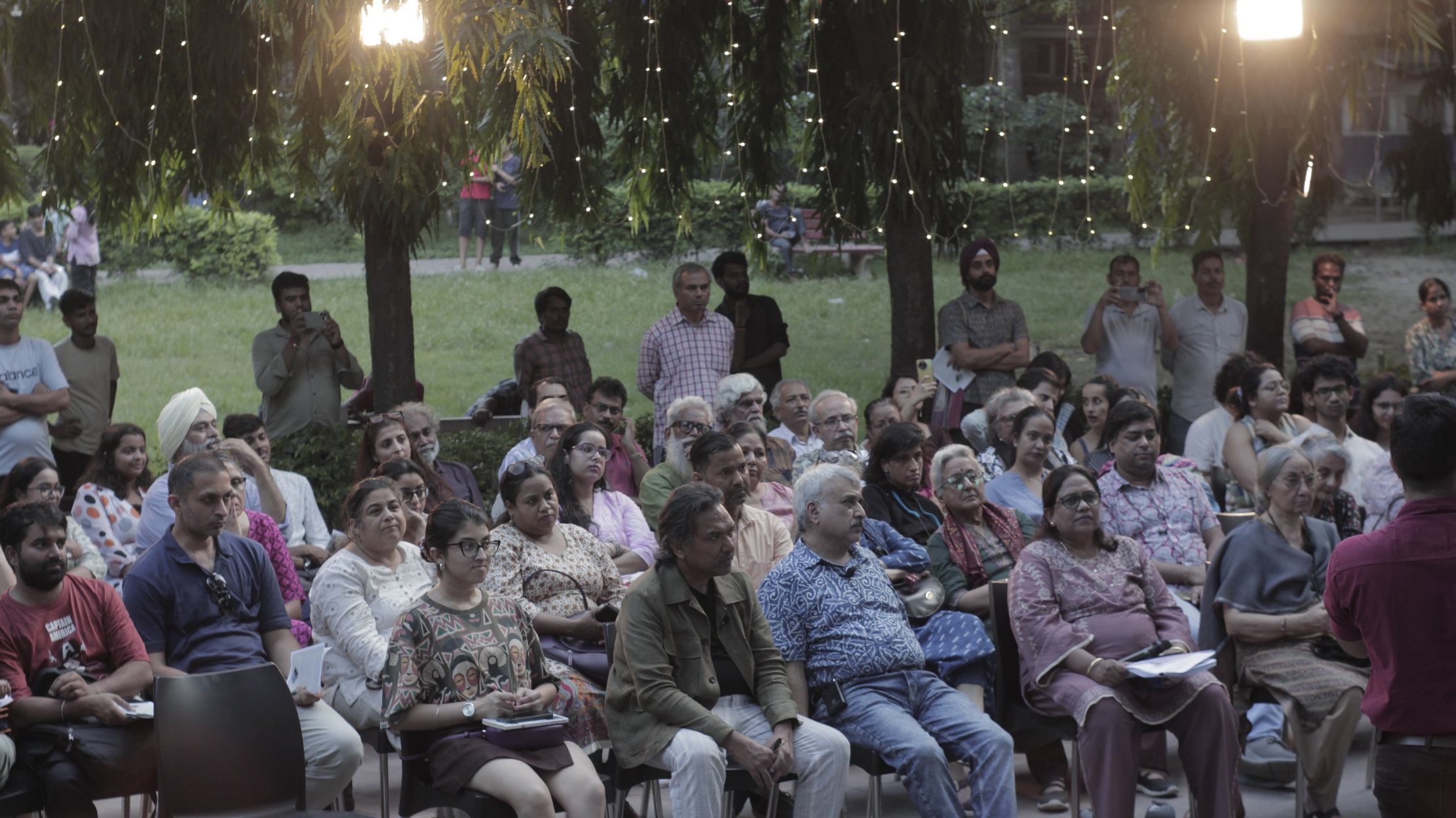
In the capital city of New Delhi, artists sought to balance the strategic advantages of access to a centre of power, while aiming to maintain a kinship with nature, community and locality, as can be evidenced in colonies such as the Lalit Kala Akademi’s Garhi Studios in East of Kailash, the Bharati Artists’ Colony in Preet Vihar and Kaladham in Noida, which were all formed in the post-independent period up to the twenty first century. Some artists worked across these colonies, suggesting the possibility of a connected history of their evolution and transition, based around the needs of artists. Figures like B. C. Sanyal, a regular presence in the capital’s art communities, went further afield, starting similar colonies to the north of the country, such as Andretta in Himachal Pradesh. The programme relating the histories of these artists colonies in Delhi helped situate the efforts of artists like Sanyal, G. R. Santosh, Kanwal and Devayani Krishna against a larger matrix of cultural activities in the capital's early postcolonial period. Stories and memories shared by the children of these artists helped recapture the spirit of resilience and community that was promoted by the artists who had endured traumatic upheavals and displacement during the partition of the subcontinent. |
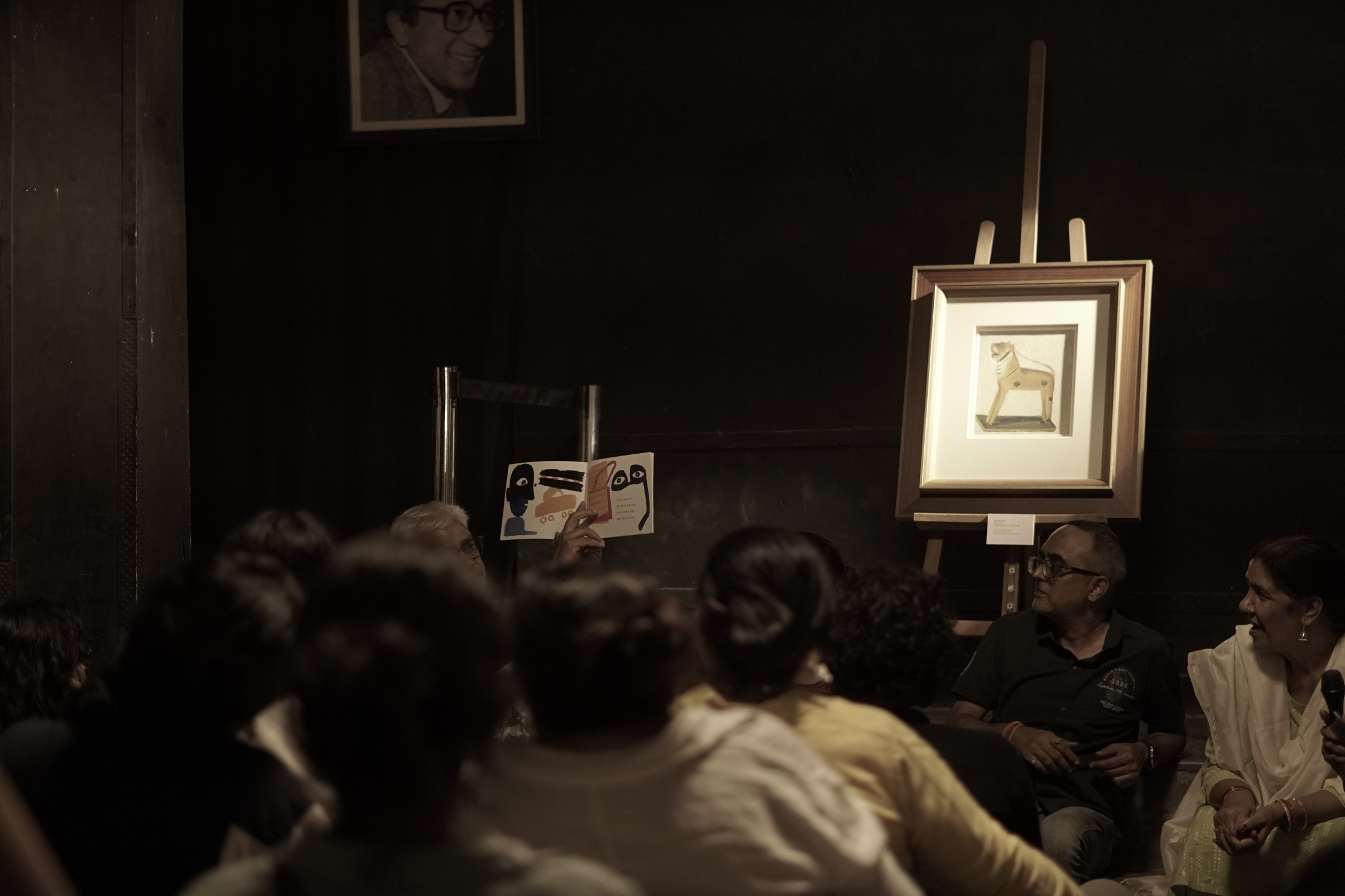
In the 1970s, colonies like Garhi served as a nucleus for creative exchange and artists’ groups like the New Group, which included Amitava, Mona Rai, and Jai Zharotia, and The Unknown, which included Arpita and Paramjit Singh, and Rajendra Dhawan. Amitava and Rai remember its artistic significance, but also its larger, communal environment in the 1970s, when 'some of the most important discussions took place there. Once a month every Monday someone would cook, it could even be (Jagdish) Swami(nathan) or Krishen (Khanna)… Art was looked at in studios, and the discussions around it could be passionate. Manu Parekh’s house in Jangpura, or the artist’s homes in Nizamuddin were the main residential areas where we all collected. Richard Bartholomew took all the photos before the exhibitions.’ |
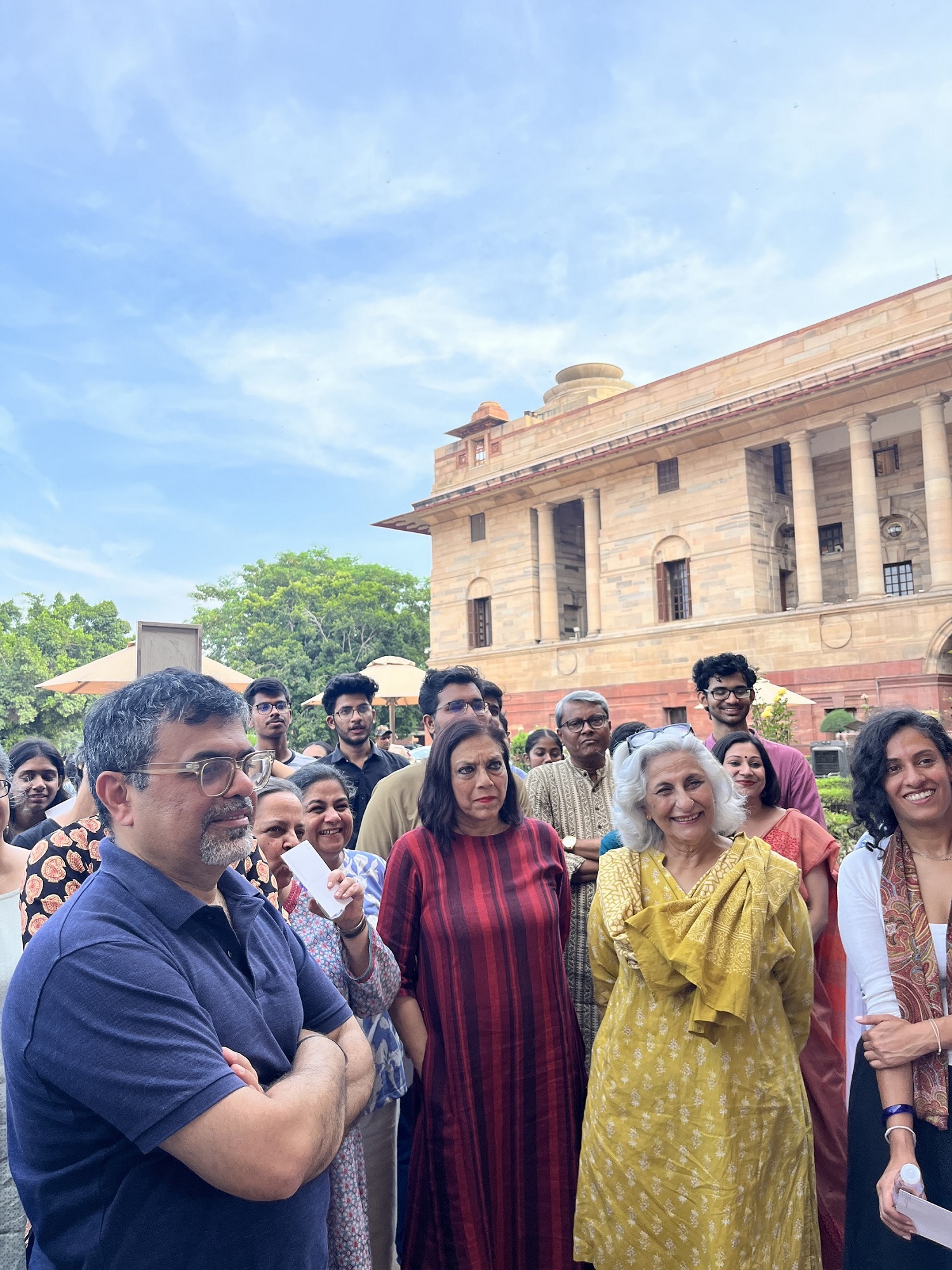
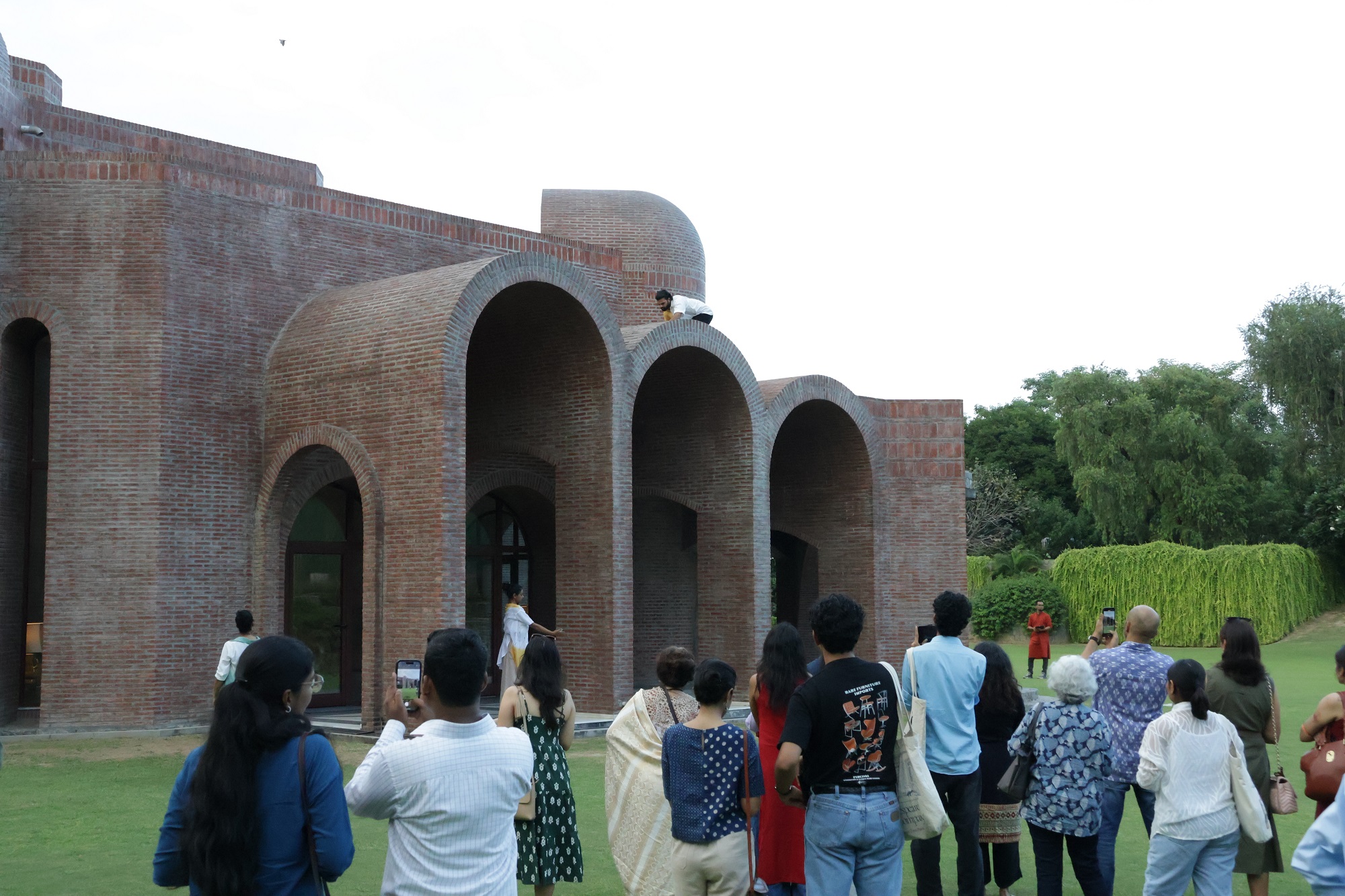
As critical urban intervention, the festival attempted to practice different ways of democratising the experience of art in the capital, by promoting inclusivity, and enabling access to difficult spaces. By engaging the city’s countercultures and dissent, notable in the discussions around SAHMAT's exhibition practices, the programme interrogated not just Delhi’s artistic lineage but also histories of activism, resistance, and collective self-fashioning. Programmes celebrating neighbourhood festivals, like the Shadipur Natak Utsav near Studio Safdar in West Delhi, enabled a dynamic collaboration between art and performance in the streets of the city. |
|
|


